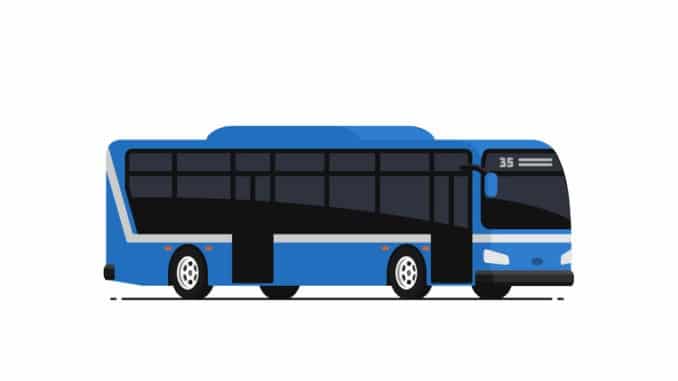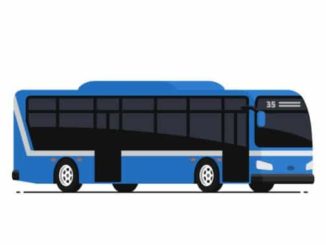
The Department for Education (DfE) has updated it’s guidance on transport to schools and colleges for the 2020 to 2021 academic year
The DfE has updated it’s guidance on transport to schools to be in line with the latest rules regarding the pandemic. We have pulled out some of the most important bits for schools to be aware of and implement.
Local authorities remain under a statutory duty to provide free home to school transport for all eligible children of compulsory school age. Those involved in providing home to school transport must do all that is reasonably practicable to maximise social distancing where possible and minimise the risk of transmission of coronavirus (COVID-19). What is practicable is likely to vary according to local circumstances.
It is of vital importance to work through the steps set out in this guidance. In particular:
- maximising social distancing within vehicles wherever it is possible, between individuals or ‘bubbles’
- maximising the ventilation of fresh air (from outside the vehicle) on dedicated school and college transport, particularly through opening windows and ceiling vents
It is the law that children and young people aged 11 and over must wear a face covering on public transport. PHE advises that children and young people aged 11 and over must also wear a face covering when travelling on dedicated transport to secondary school or college. This does not apply to those who are exempt from wearing a face covering on public transport.
Local authorities, transport operators, schools and colleges all have a role to play in ensuring effective measures are put in place on home to school transport. This system of controls is equivalent to the PHE-endorsed system of controls set out in the guidance for schools and for special schools. Local authorities should take into account the particular needs of children and young people with special educational needs and disabilities (SEND). Where necessary, they should be informed by the views provided by the parents and school. The system of controls is suggested by the DfE as follows:
1. Minimise contact with individuals who are required to self-isolate
2. Use face coverings, where required
3. Clean hands thoroughly more often than usual
4. Ensure good respiratory hygiene by promoting the ‘catch it, bin it, kill it’ approach
5. Maintain enhanced cleaning, including cleaning frequently touched surfaces often, using standard products such as detergents
6. Consider how to minimise contact and maintain social distancing wherever possible
7. Keep vehicles well ventilated when occupied
9. Engage in asymptomatic testing, where available
Schools and colleges will also have an important role in communicating with families, children and young people.
Things to consider:
- encouraging parents and children to walk or cycle where possible
- parents will need to understand that their child or young person must not travel if they or anyone in their household has symptoms of coronavirus (COVID-19)
- children, young people and their families will need to understand any arrangements for queuing for and getting on home to school transport, and where they should sit in the vehicle
- children, young people and their families will need to understand who is required to wear face coverings on home to school transport
- drivers and passenger assistants will need to understand any rules that they, children and young people need to follow on home to school transport
- local authorities, schools, colleges and transport operators will need a shared understanding of the arrangements for children and young people’s arrival at school or college in the morning and collection in the afternoon
- drivers should not be expected to police arrangements such as seating plans, queues, the wearing of face coverings or use of hand sanitiser – their role is to focus on driving the vehicle safely
- some parents, children, young people, drivers and passenger assistants may feel concerned about the risk of infection on home to school transport and may want to be reassured about the safeguards that are in place



Be the first to comment